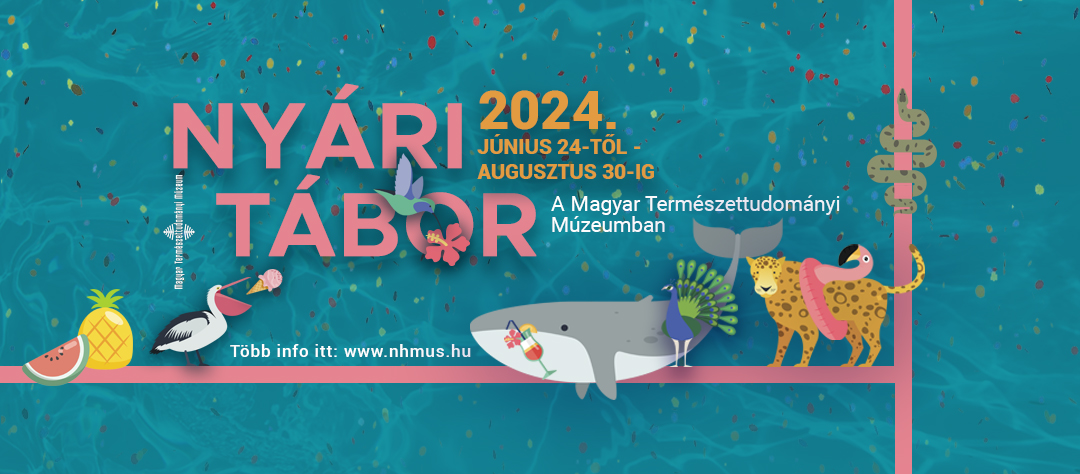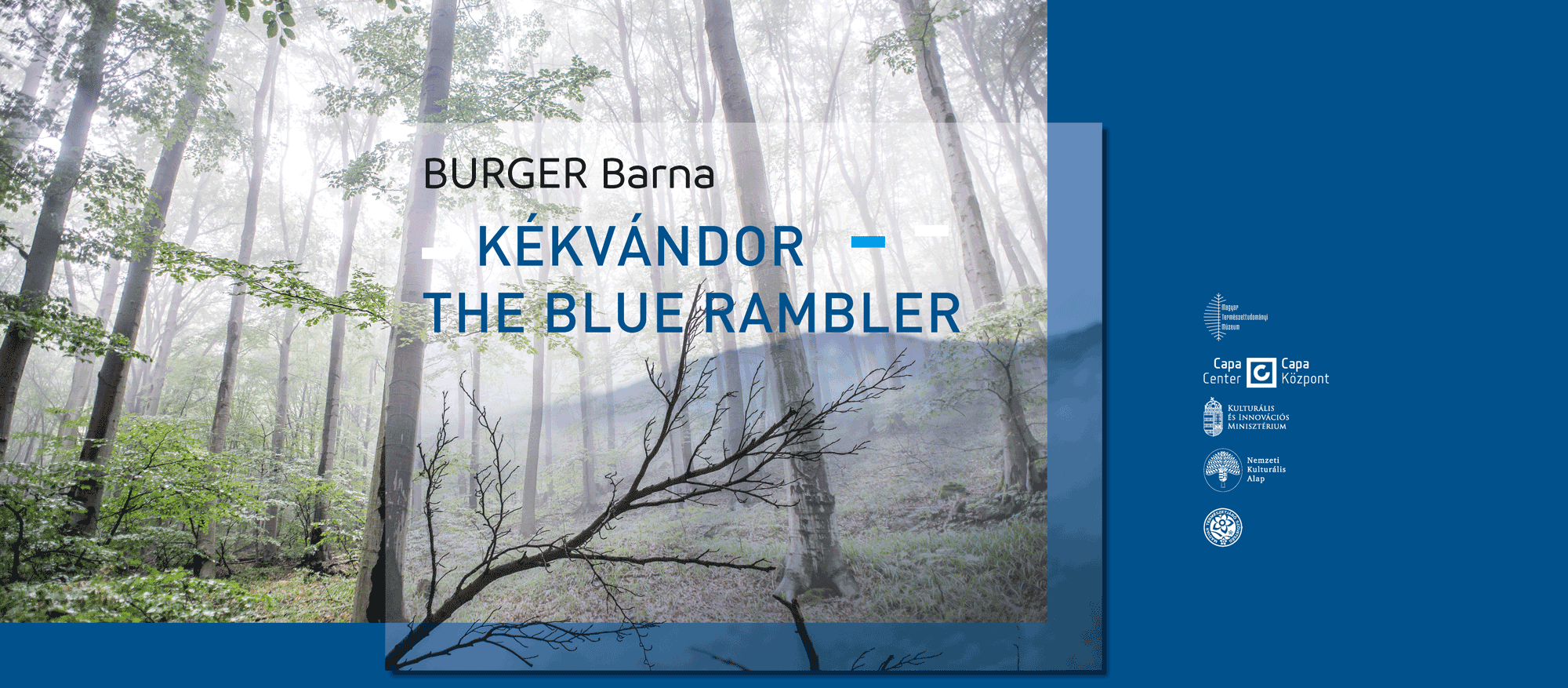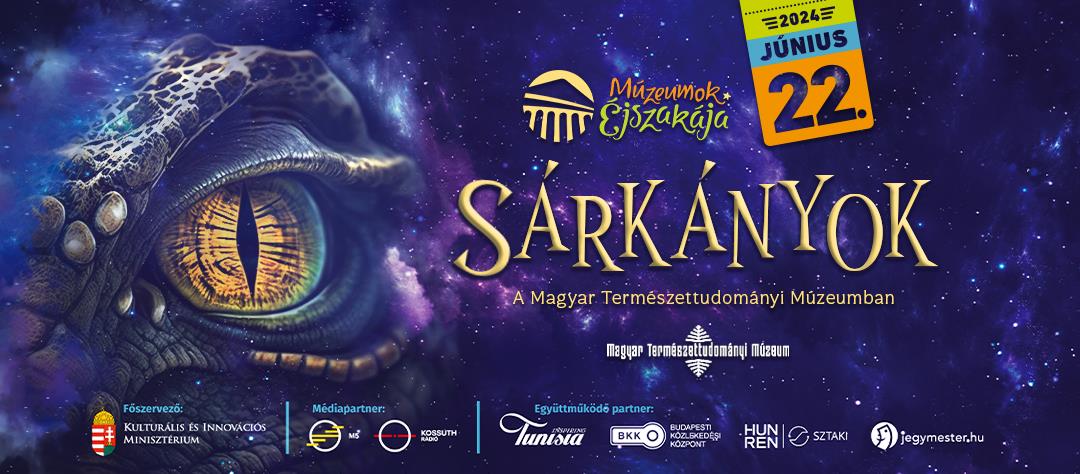
Our collection belongs to the ten largest and richest collections of Europe, with more than 43,000 specimens, representing 1,660 species. The library of the collection holds more than 1600 books, complemented by nearly 20.000 hard-copy reprints, 20.000 pdf-s and full series of the most important mammalogical journals.
In addition to the traditional dry skin, skull and liquid-preserved materials we possess osteological, bacular, hair sample, and owl-pellet collections. The deep-frozen mmmalian tissue samples are part of the Collection of Genetic Resources. The number of our mounted specimens exceeds 1,200 entries. In regard to the families of Blind mole rats (Spalacinae), Horseshoe bats (Rhinolophidae) and Vesper bat (Vespertilonidae), our collection is acknowledged worldwide. The most represented geographical area apart from the Carpathian Basin, is the Indomalayan Region.
History of the collection
The oldest and preserved inventory book (Catalogo Reinventionali) of the Hungarian Natural History Museum, dates back to 1821. The second data entry of this book (following a mumia aegyptiaca) was about a bat conserved in spirit and the development of the mammal collection has been unbroken since then. The havoc of the World Wars and the Revolution of 1956 caused serious damage to the Museum, but apart from some large mounted mammals this collection survived those years intactly. Although the mammal collection does not belong to the largest ones considering the number of the materials, all the curators (according to their main interest) significantly developed that. In addition to the exploration of the Carphatian Basin in the early 19th century exotic animals began to enrich the collection either via purchase or collecting works of amateurs and professionals, such as János Xántus, Lajos Bíró or Kálmán Kittenberger. Several large private hunting trophy collections were also donated.
Staff
Senior Curator: Gábor Csorba
Preparators: Tamás Antal
Volunteers: Tamás Görföl
Size of the collection
Number of specimens: 41,300
Number of species: 1,600
Types: 59 taxa, 203 specimens
Remarkable natural scientists and collections
Carpathian Basin
Frigyes Cerva, Antal Kocyan, György Rainer, Károly Kunszt, Lajos Méhely, János Szunyoghy, Ottó Wágner, György Topál, Ferenc Mészáros
Exotic mammals
János Xántus (North America and Southeast Asia), Lajos Bíró (New Guinea), Kálmán Kittenberger (East Africa), János Szunyoghy (Tanzania), József Hidasi (Brazilia), György Hangay (Australia), György Topál (India and Vietnam), András Demeter (Ethiopia and Nigeria), Gábor Csorba (Southeast Asia)
Trophy collections
György Almásy (Turkestan), Mátyás Gajdács (Ethiopia), Herbert Nadler (red deer trophy collection on which the Nadler scoring system of antlers was based); Zsigmond Széchenyi (East Africa), Endre Nagy (Tanzania), Iván Halász (North America and Africa), István Kölcsey (worldwide), Béla Hidvégi (worldwide)
Honorable former researchers
János Petényi, Lajos Méhely, Gyula Éhik, János Szunyoghy, György Topál, András Demeter
Availability
Specimen data are recorded in digital database and are available upon written request.
The collection is open for visitors by appointment only; please contact the curator at the following address: gorfol.tamas@nhmus.hu



